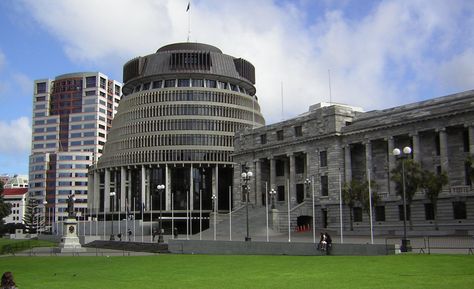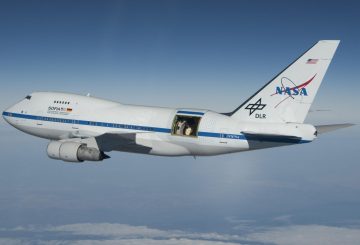Các giáo viên thú y tại Trường Khoa học Thú y của Đại học Massey đã giành được giải thưởng quốc tế cho việc sử dụng sáng tạo các mô hình động vật trong giảng dạy, thay vì sử dụng động vật sống. Các giáo viên đã được công nhận với Giải thưởng Lush, giải thưởng lớn nhất cho những nỗ lực chấm dứt hoặc thay thế thử nghiệm trên động vật, vì công việc của họ nhằm loại bỏ hoàn toàn việc sử dụng cừu thật trong một lớp giảng dạy phẫu thuật cơ bản.
Các giáo viên đã dành nhiều năm để tìm kiếm các vật liệu sáng tạo để xây dựng các mô hình động vật. Chúng bao gồm từ các mô hình đơn giản được làm từ các vật phẩm khác nhau đến những mô hình phức tạp như Harriot the Hereford, một mô hình mô phỏng đẻ thực tế. Mô hình đẻ, có giá 75.000 đô la và được nhập khẩu từ Canada, cho phép một con bê mô hình linh hoạt được đặt bên trong con bò giả theo bất kỳ cách nào mà một con bê thật có thể bị mắc kẹt.
Việc sử dụng các mô hình này cho phép học sinh học cách xác định khi nào con bê bị trình bày sai và cách định vị lại nó để sinh an toàn. Các nhân viên cũng đã xây dựng các mô hình cơ bản để thực hành khâu, sử dụng các vật liệu như silicon và các loại da khác nhau.
Các giáo viên cũng sử dụng chất nôn giả cho chó để giúp học sinh học cách chẩn đoán bệnh chó. Sau đó, họ có thể phân phối thuốc giả từ hiệu thuốc giả và tiêm tĩnh mạch cho chó giả.
Trong khi các giáo viên đang làm việc để thay thế động vật thật bằng các mô hình cho các bài tập xâm lấn nhất, động vật thật vẫn được sử dụng rộng rãi để giúp học sinh học cách xử lý và kiểm tra. Tuy nhiên, các mô hình có nghĩa là học sinh đã thành thạo các kỹ năng quan trọng trước khi họ phải sử dụng chúng trên động vật thật.
Số tiền được trao từ Giải thưởng Lush sẽ được tái đầu tư vào các mô hình kỹ năng lâm sàng tại Massey, theo người đứng đầu Trường Khoa học Thú y, Giáo sư Jon Huxley. Ông cũng lưu ý rằng một phong trào toàn cầu nhằm thay thế việc sử dụng động vật thật trong giảng dạy đang diễn ra, với các giáo viên thú y chia sẻ ý tưởng quốc tế.





























































